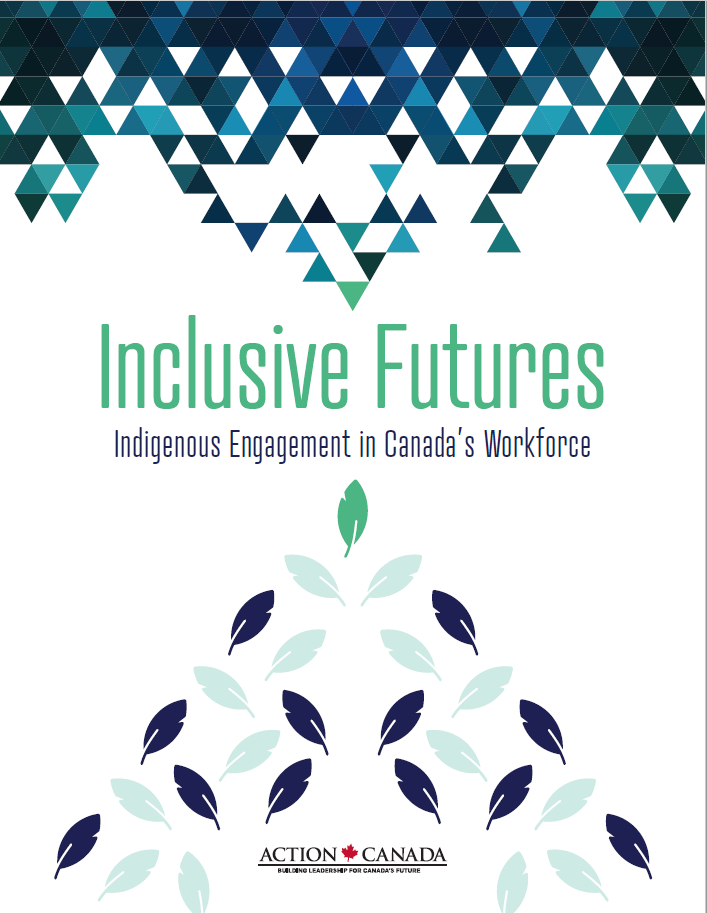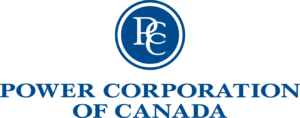
Inclusive Futures: Indigenous engagement in Canada’s workforce
An Action Canada Task Force reportEXECUTIVE SUMMARY
As the fastest growing population in Canada, Indigenous Peoples and their participation in the workforce will have a positive influence on the future of work. Despite efforts to increase the inclusion of Indigenous workers in the Canadian workforce, labour market outcomes and employment rates for Indigenous Peoples significantly lag behind the non-Indigenous. Moreover, the disparity of labour market outcomes for the Indigenous is expected to worsen with technological advances in automation, artificial intelligence and robotics.
This report examines four interlinked factors that contribute to Indigenous inclusion in the labour force and which are incorporated into a suggested framework for developing a tool to measure how inclusive an organization’s workplace is. They are:
- the number of Indigenous Peoples employed by an organization;
- the opportunity for Indigenous employees to engage in training and upskilling;
- the availability of Indigenous cultural competency programs and spaces for cultural practices; and
- the evidence of champions of Indigenous culture within an organization.
The proposed Indigenous inclusion diagnostic tool acts as an objective cultural audit of an organization’s workplace and is akin to a rating system that can be used by Indigenous candidates looking to potentially join an organization. Organizational scores from the diagnostic tool are meant to be published quarterly and made publicly accessible to generate social awareness and motivate organizations to be more inclusive as a point of reputational pride. It is recognized that the tool would be best developed and applied by an Indigenous-operated organization to ensure their perspectives and voices are thoroughly represented.
Through analyzing best practices for Indigenous inclusion in workplaces and reviewing tools for assessing inclusive workplaces, this report draws from academic, government and publicly available research that focuses on Indigenous communities and workplace engagement. It also highlights insights gained from interviews with Indigenous-serving employment agencies, Indigenous-led or -owned organizations and companies or governmental agencies identified as having best practices for Indigenous inclusion.
Watch the presentation from March 13, 2020:
Thank you to Action Canada’s partners:
 |
 |
 |








